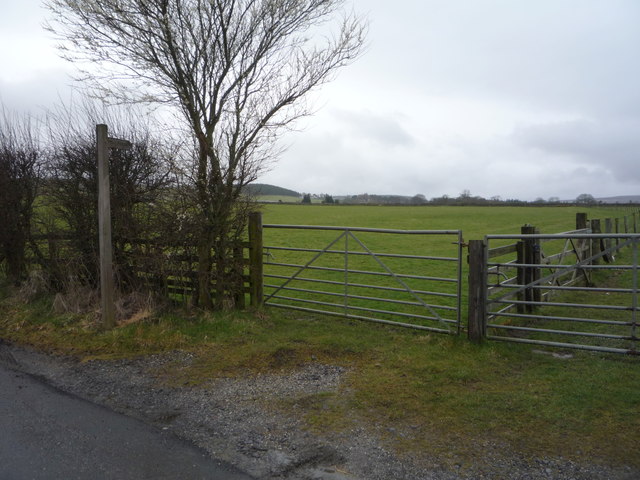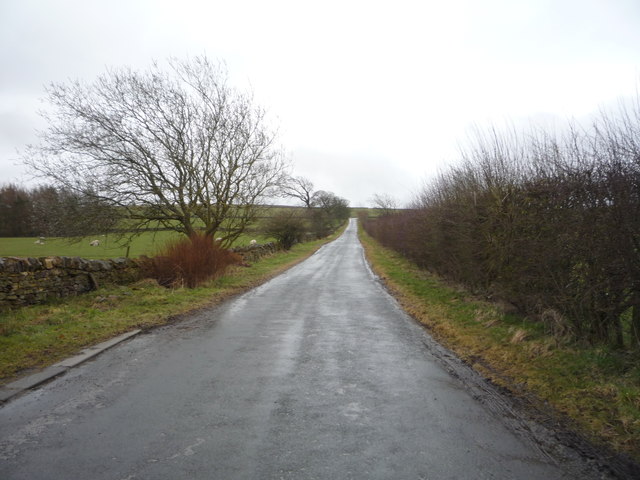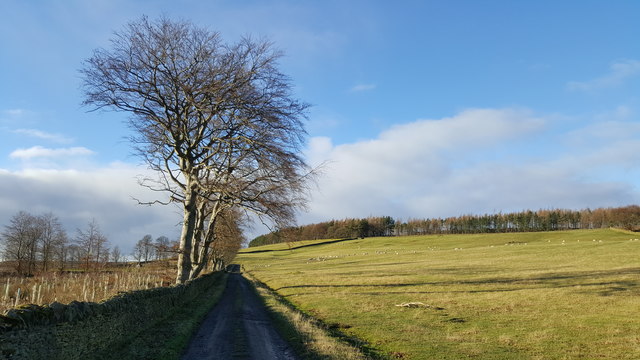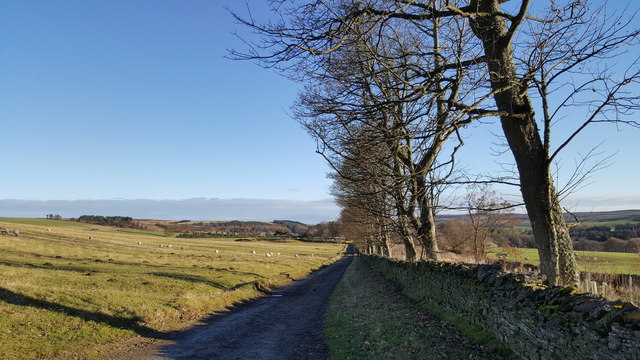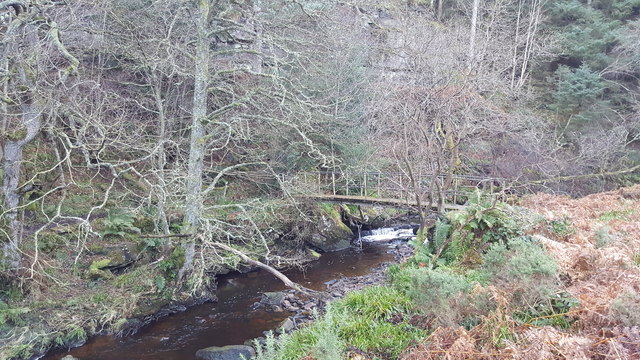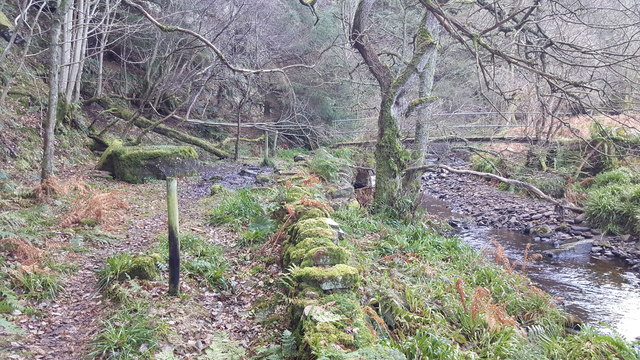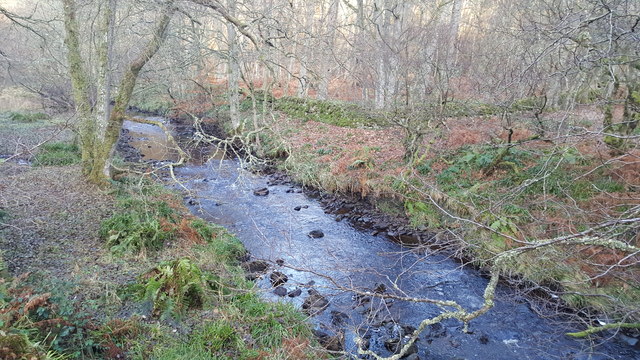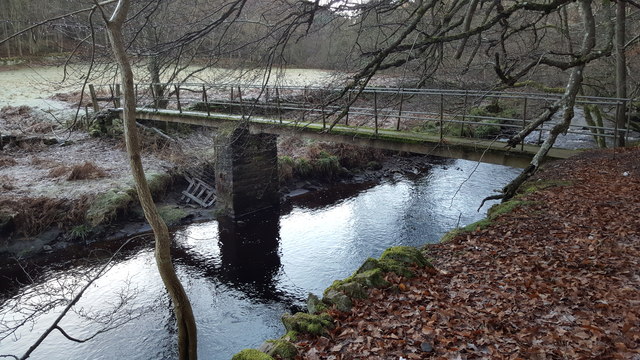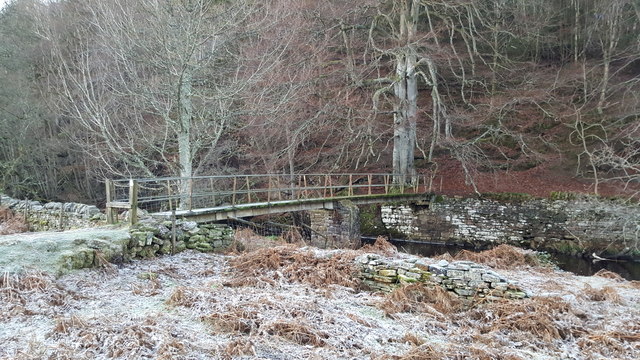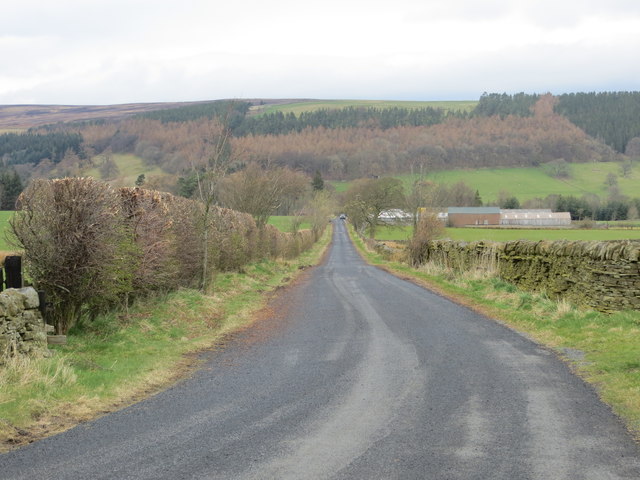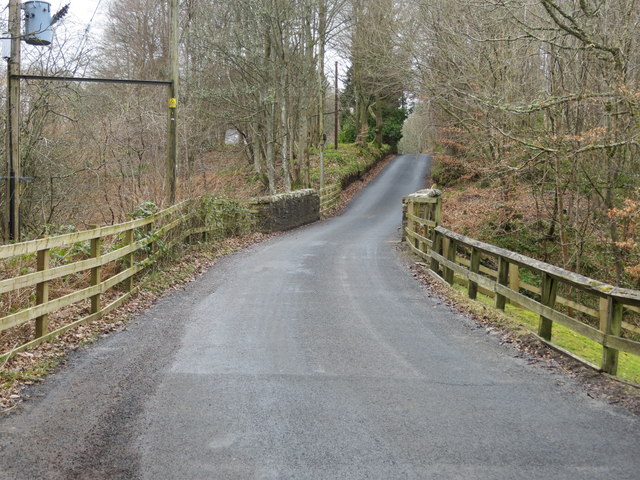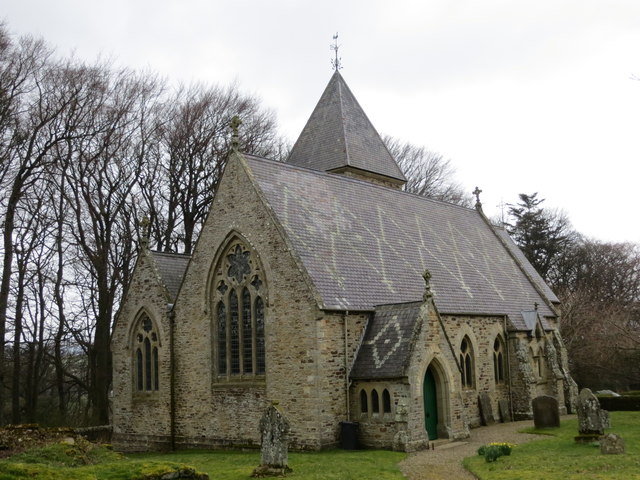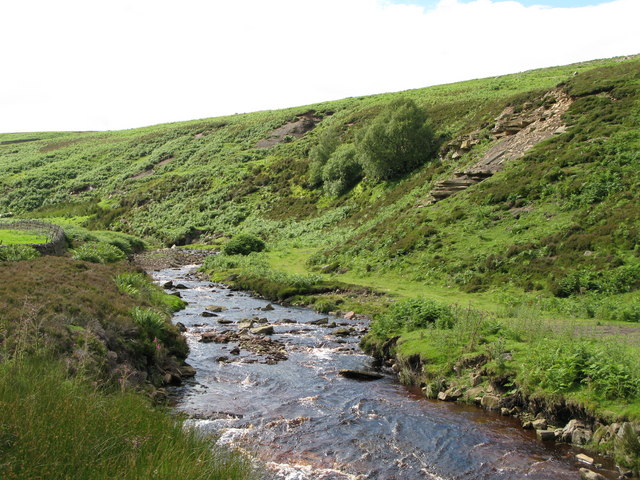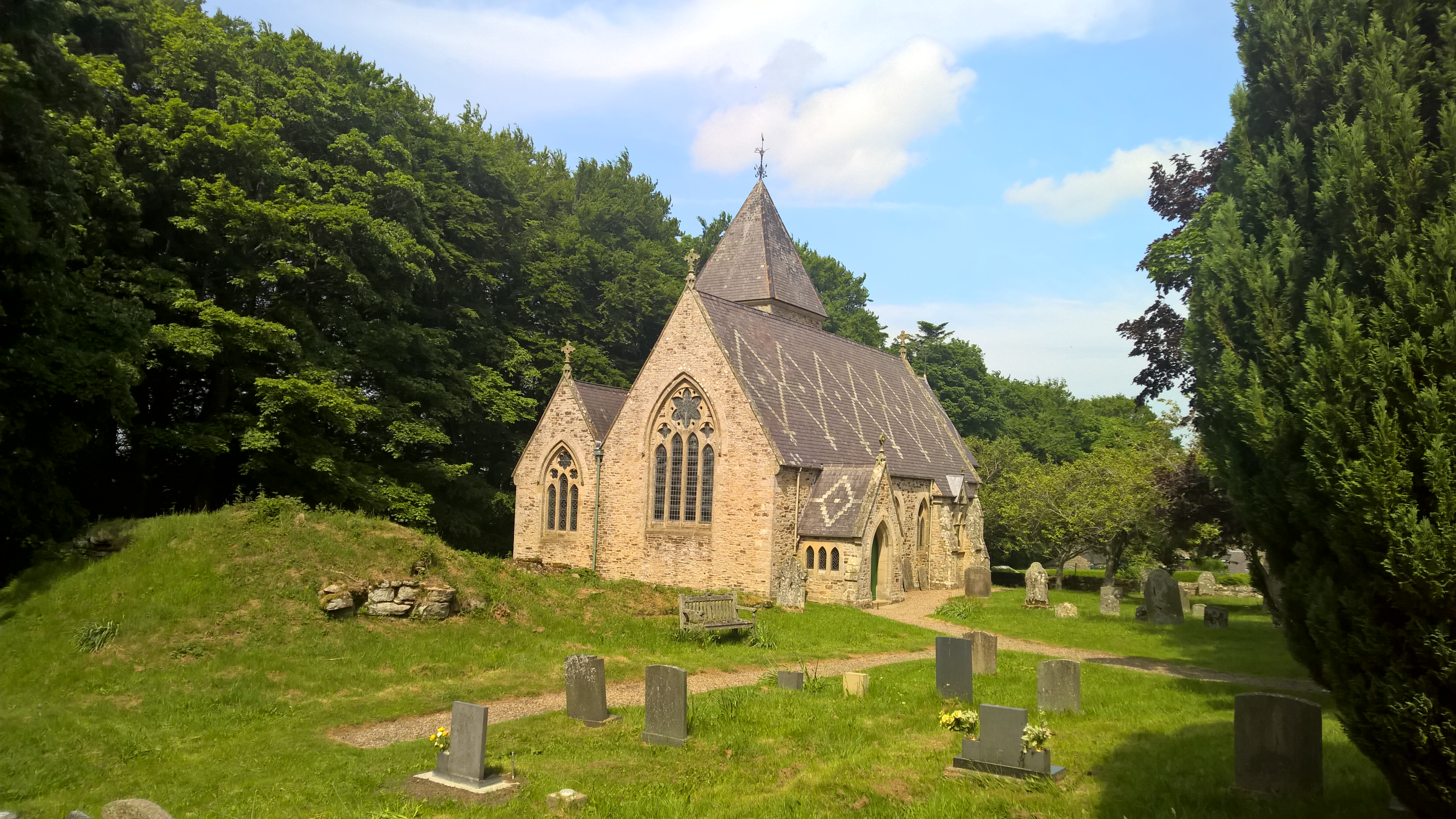Stothill Plantation
Wood, Forest in Northumberland
England
Stothill Plantation
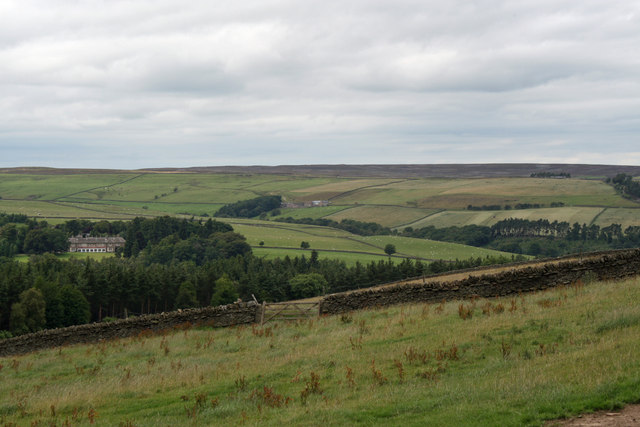
Stothill Plantation is a captivating woodland located in the county of Northumberland, England. Spanning across a vast area, this plantation is renowned for its rich biodiversity and captivating natural beauty.
Situated near the village of Stannington, Stothill Plantation is an enchanting destination for nature enthusiasts and hikers alike. The woodland features a diverse range of tree species, including oak, ash, birch, and beech, which create a stunning canopy of foliage throughout the year. The vibrant colors of the leaves during autumn make it a popular spot for photographers and nature lovers.
The plantation is home to a variety of wildlife, such as deer, foxes, badgers, and a plethora of bird species. It provides a natural habitat for these creatures, offering a serene environment where they can thrive. Birdwatchers can often spot species like woodpeckers, owls, and buzzards in the treetops.
Stothill Plantation offers a network of well-maintained trails, making it an ideal location for outdoor activities. Visitors can explore the woodland on foot, enjoying the peaceful ambiance and the fresh scent of pine. There are also designated areas for picnics and family outings, allowing visitors to relax and immerse themselves in the tranquility of nature.
Overall, Stothill Plantation in Northumberland is a captivating wood and forest, offering a haven for various flora and fauna. It is a cherished destination for those seeking solace in nature and an opportunity to appreciate the stunning landscapes that this region has to offer.
If you have any feedback on the listing, please let us know in the comments section below.
Stothill Plantation Images
Images are sourced within 2km of 54.851233/-2.0711762 or Grid Reference NY9550. Thanks to Geograph Open Source API. All images are credited.

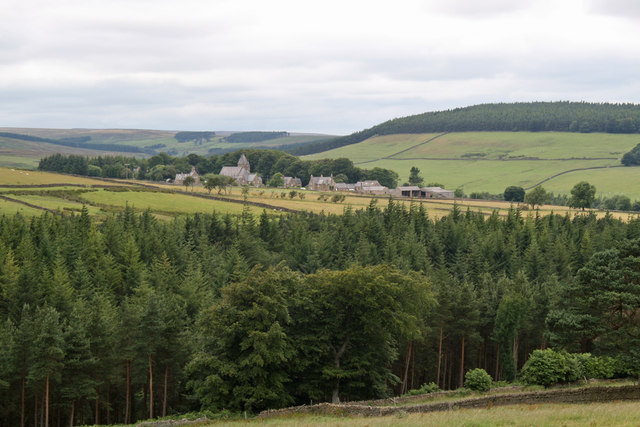
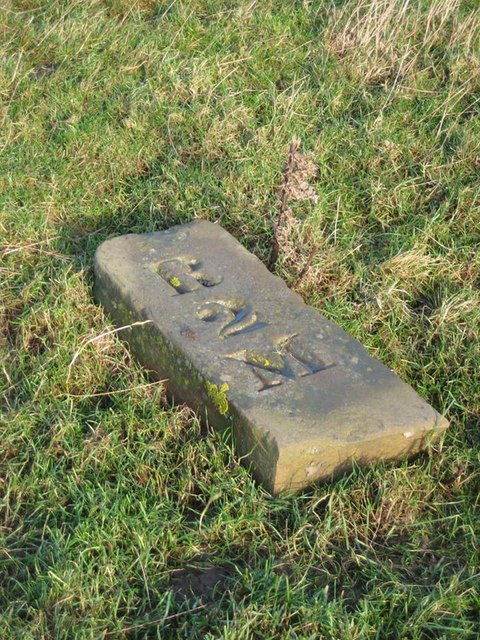
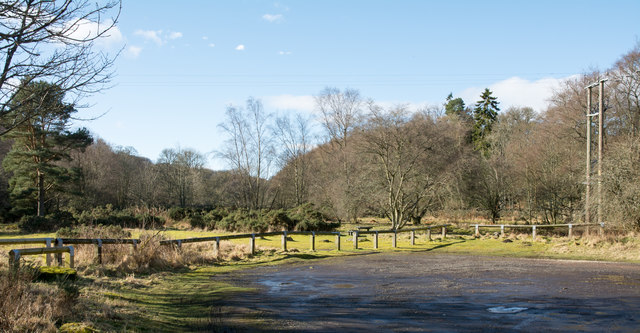
Stothill Plantation is located at Grid Ref: NY9550 (Lat: 54.851233, Lng: -2.0711762)
Unitary Authority: Northumberland
Police Authority: Northumbria
What 3 Words
///guidebook.sheet.skies. Near Slaley, Northumberland
Nearby Locations
Related Wikis
Baybridge, Northumberland
Baybridge is a small village in Northumberland, England, just to the west of Blanchland and on the border with County Durham. It is situated to the west...
Blanchland Abbey
Blanchland Abbey at Blanchland, in the English county of Northumberland, was founded as a premonstratensian priory in 1165 by Walter de Bolbec II, and...
Blanchland
Blanchland is a village in Northumberland, England, on the County Durham boundary. The population of the civil parish at the 2011 census was 135.Set beside...
Beldon Burn
Beldon Burn is a headwater stream of the River Derwent in Northumberland and County Durham, England.It rises at Quickcleugh Moss as the Quickcleugh Burn...
Hunstanworth
Hunstanworth is a village in County Durham, England. It is situated approximately 10 miles to the west of Consett, south-west of the village of Blanchland...
Townfield
Townfield is a village in County Durham, in England. It is situated just to the south of Hunstanworth and part of that parish, about 10 miles (16 km) west...
Ramshaw, Consett
Ramshaw is a small village in County Durham, in England. It is situated to the south of Hunstanworth, a few miles west of Consett. Lead mining was an important...
Pow Hill Bog
Pow Hill Bog is a Site of Special Scientific Interest in the Wear Valley district of County Durham, England. It lies alongside Derwent Reservoir, approximately...
Nearby Amenities
Located within 500m of 54.851233,-2.0711762Have you been to Stothill Plantation?
Leave your review of Stothill Plantation below (or comments, questions and feedback).
